1920s, for a time to be alive. To witness such drastic advances in technology, art, and finally fashion.
One can only imagine the wonderful feelings of what it must have been like to witness a captivating period. There was so much breakthrough and flourishing of talent that emerged in such a small, yet influential decade.
This week we focus on the innovative and progressive capital Berlin, Germany. From a post-war city to a thriving metropolis, we will explore the motivating trends and fashions that developed in this era. In addition, to the overall impact, it marked German culture.
Unfolding a motivating era
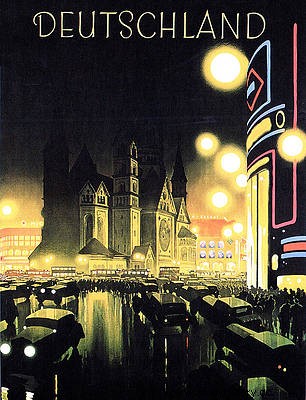
In the 1920s, Germany was hit by a wheel of events. With a devastating economic blow from the Great War, many residents were depressed and emotionally unmotivated to continue living.
Over the course of a matter of time, the mental state will gradually develop. To illustrate, Germany was considered to be pursuing the most urban revolution in its culture in the 1920s.
With the city of Berlin becoming the third largest city in the world, the metropolis was in great growth. That said, Berlin was given a status for its unique advances in science, film, education and other forms of art.
This later plays a gigantic role in the city's cultural formation which became the signature of Germany in the 1920s.
Expressionism in Germany
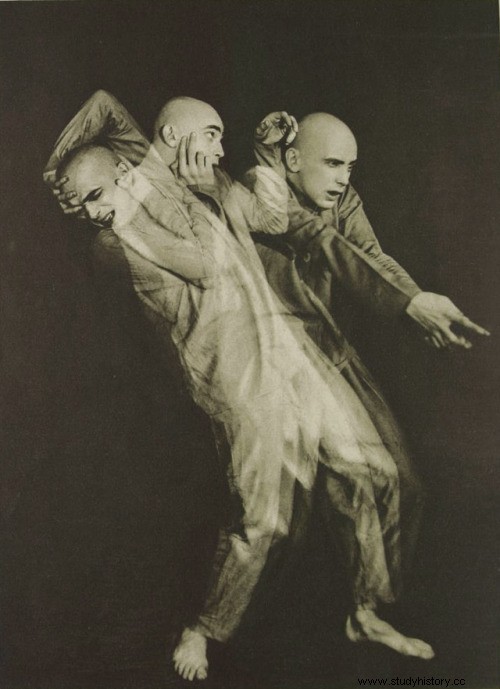
To begin with, the Weimar Republic was a great opportunity to shine for expressionists in Germany. Although art already manifested itself some time before the golden twenties, this motivated epoch-inspired inhabitants.
This allowed them to pursue their artistic endeavors and follow up on their dreams by expressing the best version of themselves. For example, with many new films, paintings, music and theater productions taking place, Berliners had it all.
To add, topics such as mystical art have been re-explored and accepted in ordinary society. For example, dark practices with sessions, tarot cards and palm readings became the norm.
Many Germans were fascinated by the dark allure and renaissance of old-fashioned formalities that came to light. Overall, this period served as an inspiration to pursue ambitions to get better.
Berlin was in a golden age when many taboo aspects of society were celebrated in this motivating era. All in all, Berlin was slowly becoming an iconic metropolis with these factors advancing in the state.
The dark side of 1920s Berlin
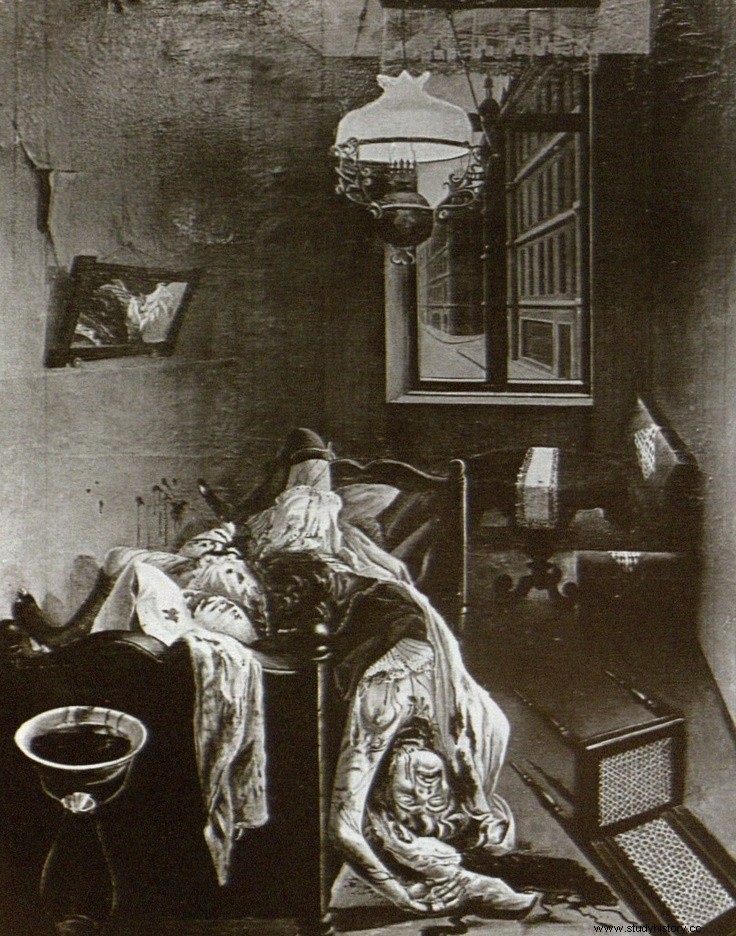
While Germany was slowly recovering from a post-war economic disaster, some unfortunate cases grew out of success. For example, a lot of crime and prostitution arose in the Berlin sphere when many struggled to make ends meet.
This gave them no choice but to resort to simple but dangerous actions to survive. To add to this, there have been alarming rates of sexually transmitted diseases such as syphilis and gonorrhea on an increase among the population.
Then, with residents struggling to find a stable living space for themselves, many were devoted to drug trafficking and theft. Gangs were also prevalent throughout the borough as an increasing number of murders took place such as "Lust Murders".
Pleasure killing is a macabre process to kill a victim during intercourse. Followed by the perpetrator gets an unhealthy tension from the heinous act.
Oddly enough, these tragic events became a fascination and confusion for both detectives and Berliners. Somehow the killings inspired future genres of a movie like "Noir".
All in all, these actions capture the essence of mystery and suspense by uncovering how such horrific actions took place.
Erotic trends in Berlin, Germany
Although Berlin's new expressionist views were widely accepted, they were generally immoral and illegal. Many other citizens were still conservative when it came to expressing sexuality in public.
So, with Berlin's erotic arenas coming to light, many on this side frowned on expressionism. To add, productions such as Cabaret became prominent in this city.
Cabaret is a theatrical display of music, actions and obvious sexuality that aims to entertain guests in various ways. Despite the setback, the erotic scene flourished in this gloomy part of Berlin's expressionist history.
Essentially, an immoral trend of subcultural expressionism emerged along with motivating success that built Berlin's reputation.
Women's Fashion in Berlin
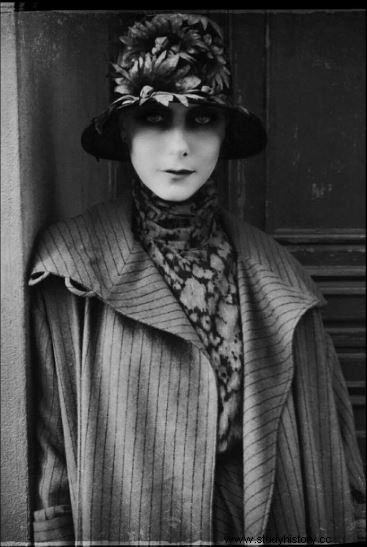
In addition to the cultural advances Berlin faced in the 1920s, fashion developed with the motivating decade. To begin with, most ready-to-wear clothes quickly became available.
This means that time was saved for the Germans, like most clothes before this era were sewn at home. With this gigantic advance, there was an abundance of styles as there was more time to experiment with fashion.
To illustrate, women could wear more casual and sophisticated dresses all day long. Most home dresses consist of loose pullover styles with vertical and solid stripes.
While flap dresses were reserved for wild nights in the city, most ladies wore elegant afternoon dresses. In sum, women's fashion became the most motivating as their style changed, mostly due to experiencing newfound freedom in public.
While women's clothing evolved in style, further developments regarding other looks followed. For example, a tan look became more popular due to the opposite belief that pale skin color is a symbol of beauty.
It was a real development aspect for German cultural trends, as many had motivating ambitions to promote societal norms. Then followed both men and women in Germany of casual sporty styles throughout the day.
As opposed to dressing formally most of the time, acceptance emerged that Berliners should appear informal in public.
Men ́s clothing and styles
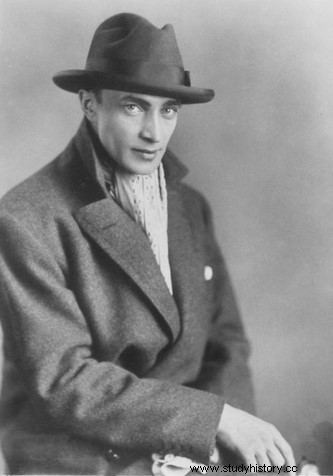
In 1920s Berlin, Germany, menswear became looser and wider while retaining a proper look. The suits mimicked similar looks from previous decades, but the new ones suitably complemented the users' physique.
It was an interesting and motivating period in Berlin's history because men could express themselves more easily. With examples like jazz suits, business, or just a good old-fashioned evening style, came the flexibility.
Secondly, there were also a number of hats to use, such as Homburgs, Banded Fedoras and finally bowler hats. In addition, men appeared more often in public wearing sportswear due to golf increasing as a sport.
Just as many sports and Olympic Games became a cultural phenomenon. Athletic styles evolved during this motivational era.
Despite the fact that formal wear still dominates the public scene, there was not as much pressure to use one almost everywhere as in previous decades. All in all, 1920s Berlin was bombarded with a revolution and collection of styles for men to present themselves in.
Children's style and fashion
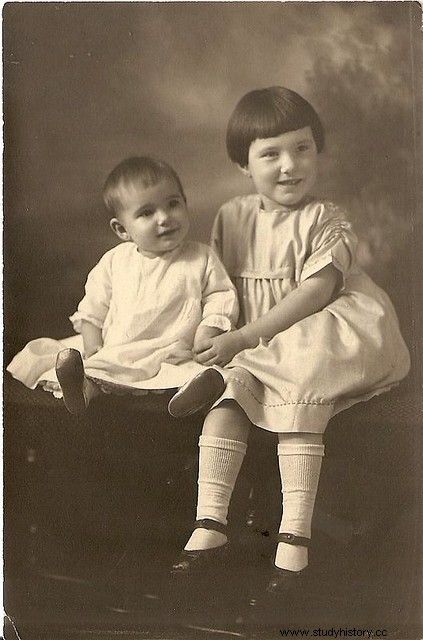
During the time of the Weimar Republic, the style of clothing for children witnessed a revolution. First, in the 1920s, all toddlers in Berlin wore white dresses until they were old enough to wear.
Second, when it came to gender, things changed as young girls' styles consisted of a fall at the waist and a baby doll. To add, young boys wore jackets and overalls.
As age develops for children, their style is adapted to gender. For example, older girls imitated women's styles such as drop-waisted dresses.
On the other hand, the older boy reflected that men are button-down shirts and long pants. All in all, most children's clothes mimicked the clothes of same - sex parents.
In a way, it became a slow process of shaping them to mimic parental fashion, for example. Children's clothing had a decent amount of progression in this golden decade because they provided several choices to choose from.
When it comes to children's fashion in Berlin, the area was motivated by this feat since it made further progress in German culture.
Hairstyles in Berlin
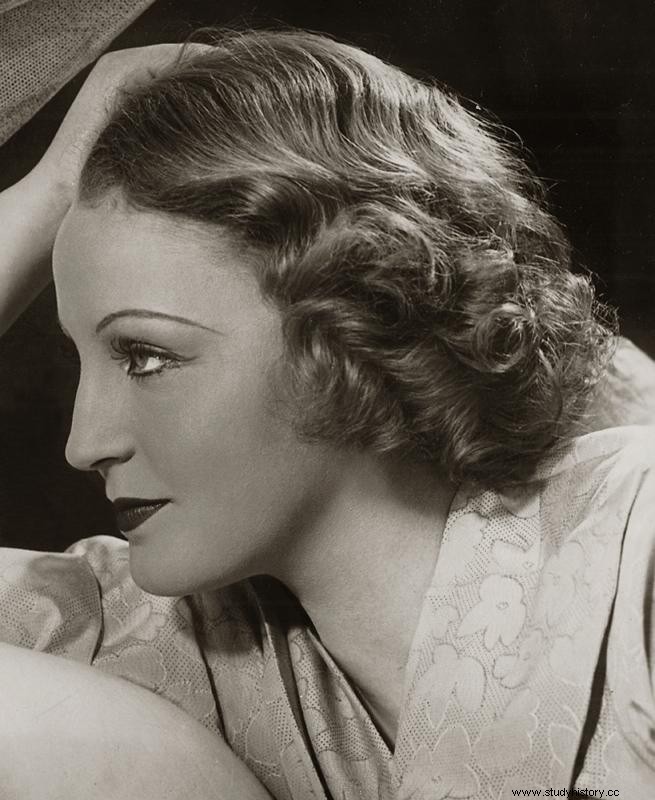
Then men's and women's hairstyles flourished in this exciting decade. To illustrate, women took on trends such as the infamous Bob Cut hairstyle.
As this style became a hallmark of the golden twenties in Berlin and globally, other motivating pursuits were secured. Similarly, men style their hair in a neat manner by stroking it to the side with grease.
If the man had straight hair, he would leave it longer at the top while the sides became short. On the other hand, most young children's hair mimicked the style of their mature counterparts.
Regardless, they had their own unique set of styles as their innocent youth sparkled in this motivating era. Interestingly, most children's hairstyles were not very different from adults'.
The only minor difference would be the ingredients in the product used, as some became dangerous to young users. This means that young hands could not handle the product with care.
Additional styles from 1920s Berlin
Interestingly, young girls experienced more evolution when it came to the style of their hair. While Bob Cut dominated the 1920s in Berlin and the world, so did the shoulder-length cut.
This style focused more on maintaining a young girl's long hair by keeping it at shoulder length. Once cut, the remaining hair is tied in a bow or styled with curls.
On the other hand, the young boy's hairstyle looked more like vintage looks from decades earlier. Of course, it was always kept short, but the main highlight of 1920s Berlin was keeping the look neat.
One thing to consider about German culture is that appearance / hygiene becomes the key to representation. So having a boy's hair neatly combed to the side with fat mimicked the motivating emblem of 1920s Berlin.
To add, sports berets and other different men's hats were also another favorite accessory for young boys.
Latest thoughts on trends in Berlin, Germany
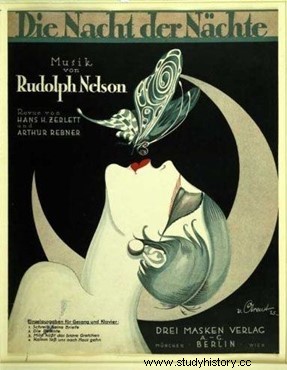
Furthermore, the 1920s in Berlin became infamous and especially in history because this period motivated many to break past norms. With many additions of both loss, innovation and experimentation, this famous metropolis at the top is forever recognized.
To this day, Berlin is a cultural icon in all aspects of art. As a result, the capital boasts one hundred and thirty-five million visitors a year!
Tops the list of most visited cities in Europe overall! Another thing is also the addition of proudly owning various famous works of art from film, paintings, live entertainment and authors.
With examples like Fritz Langs Metropolis , Robert Weine The Cabinet of Dr. Caligari , and Marianne Von Werefkin Self-Portrait. In the end, the 1920s served as a catalyst for the motivating trends that shaped Berlin, Germany.
The Importance of Trends and Fashion in 1920s Berlin
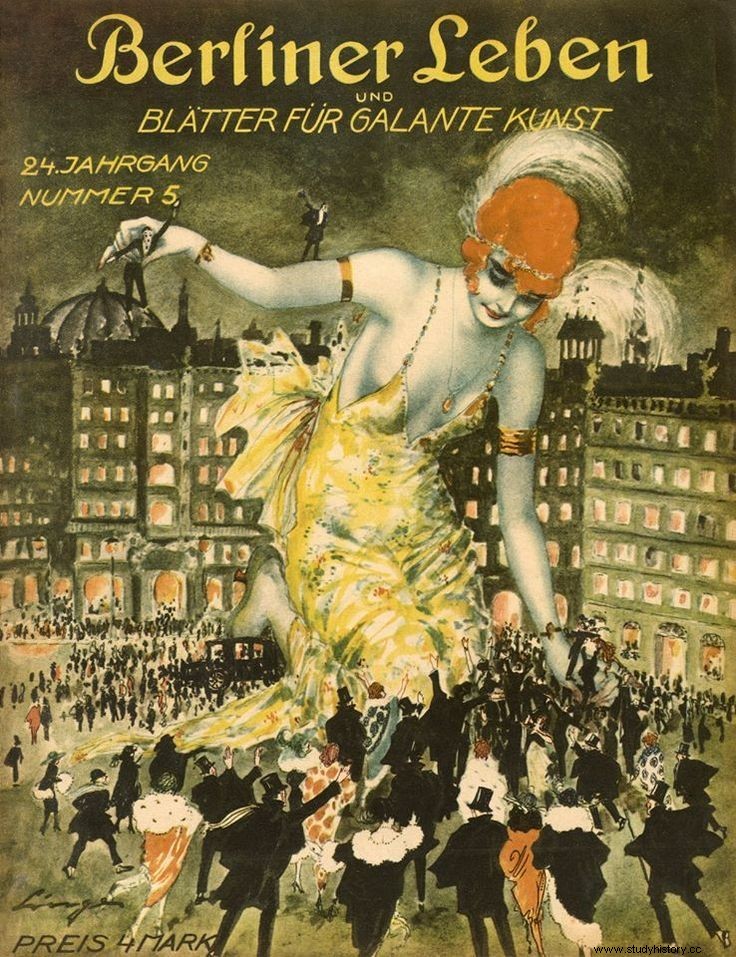
Finally, from motivating trends and evolving fashion. Berlin, Germany became an old-fashioned icon.
To this day, we still reflect on this wonderful period in history. Which continues to motivate more artists, philosophers and intellectuals, as there are important examples to follow and learn from.
With that said, there was a suitable room for art and public debate, since the inhabitants for the most part became tolerant. Unlike other regions in the country that still disliked the actions that took place in Berlin.
When it comes to progression, one thing to keep in mind is to look back only when seeking inspiration. Looking back mainly distracts the purpose of moving forward and creating something amazing.
Motivational aspects are the core of drive and action that ultimately leads to success in what one wants to pursue. So, just think of the past when the right moment demands cultural uplift, just like in the 1920s in Berlin, Germany.
Works Cited
Sagar, Peter (Homeshake) Passenger seat. 2021
Sagar, Peter (Homeshake) Vacuum. 2021
Sagar, Peter (Homeshake) Khmlwugh (Live) . 2017
Mcclucskey, Angela (Telepopmusik ) Feber. 2012
Telepop Music Do not look back. 2005
Germany - Weimar Renaissance | Britannica
German Expressionism - One of the largest German art movements (artincontext.org)
German Expressionism:A Break from Tradition (invaluable.com)
Expressionism (Weimar Germany #AtoZChallenge) (theoldshelter.com)
